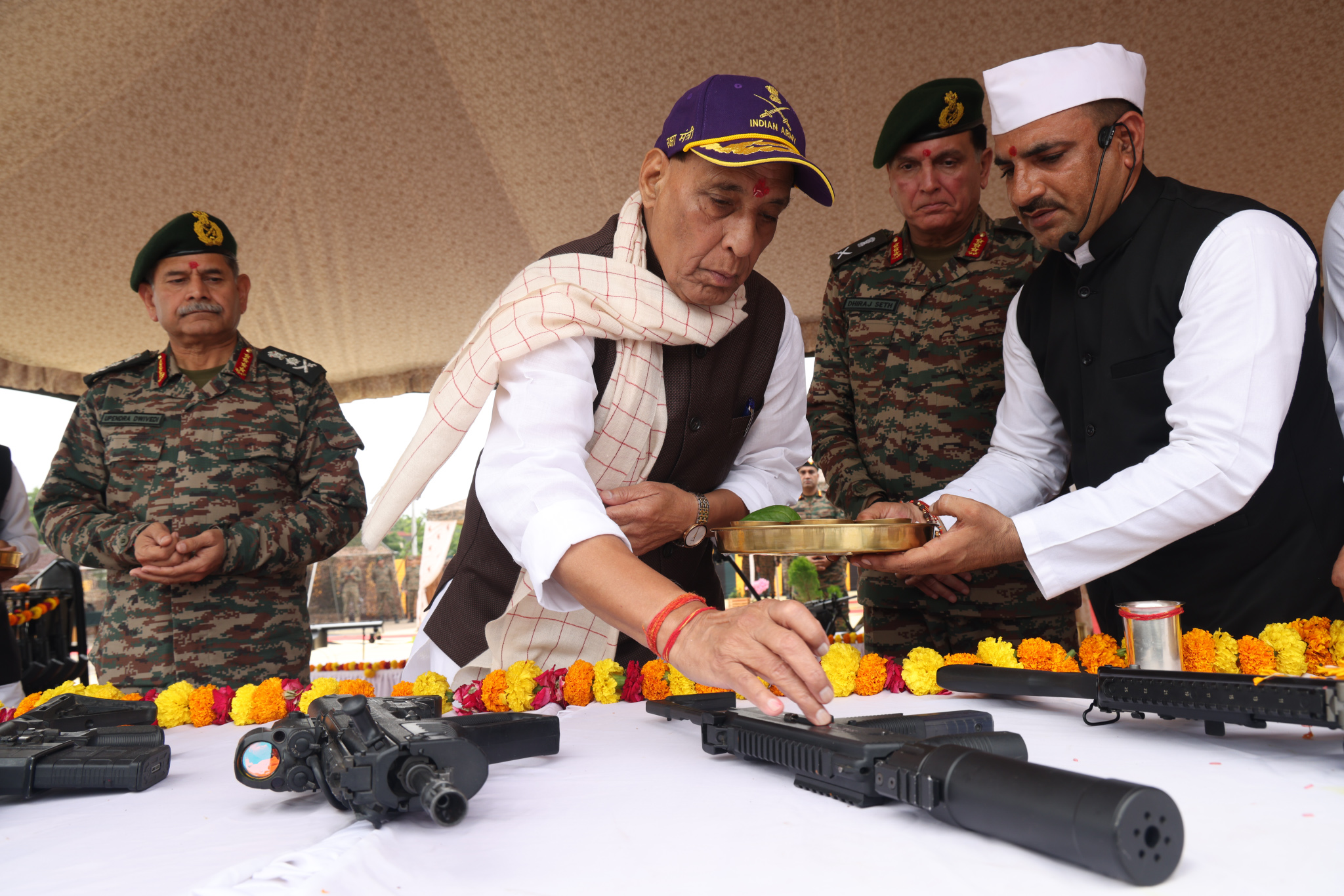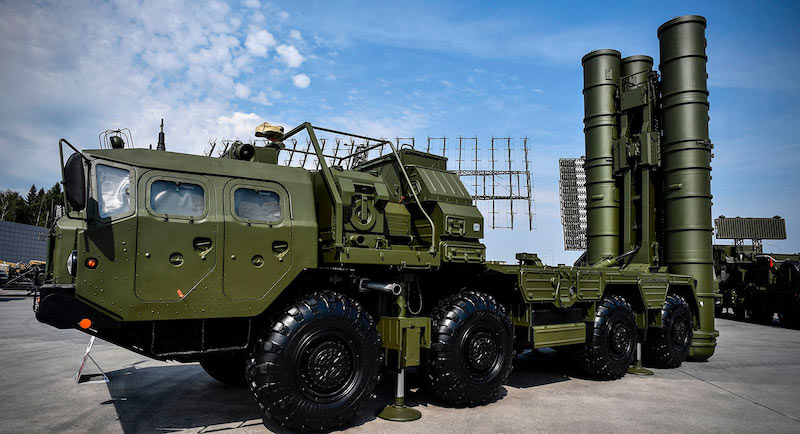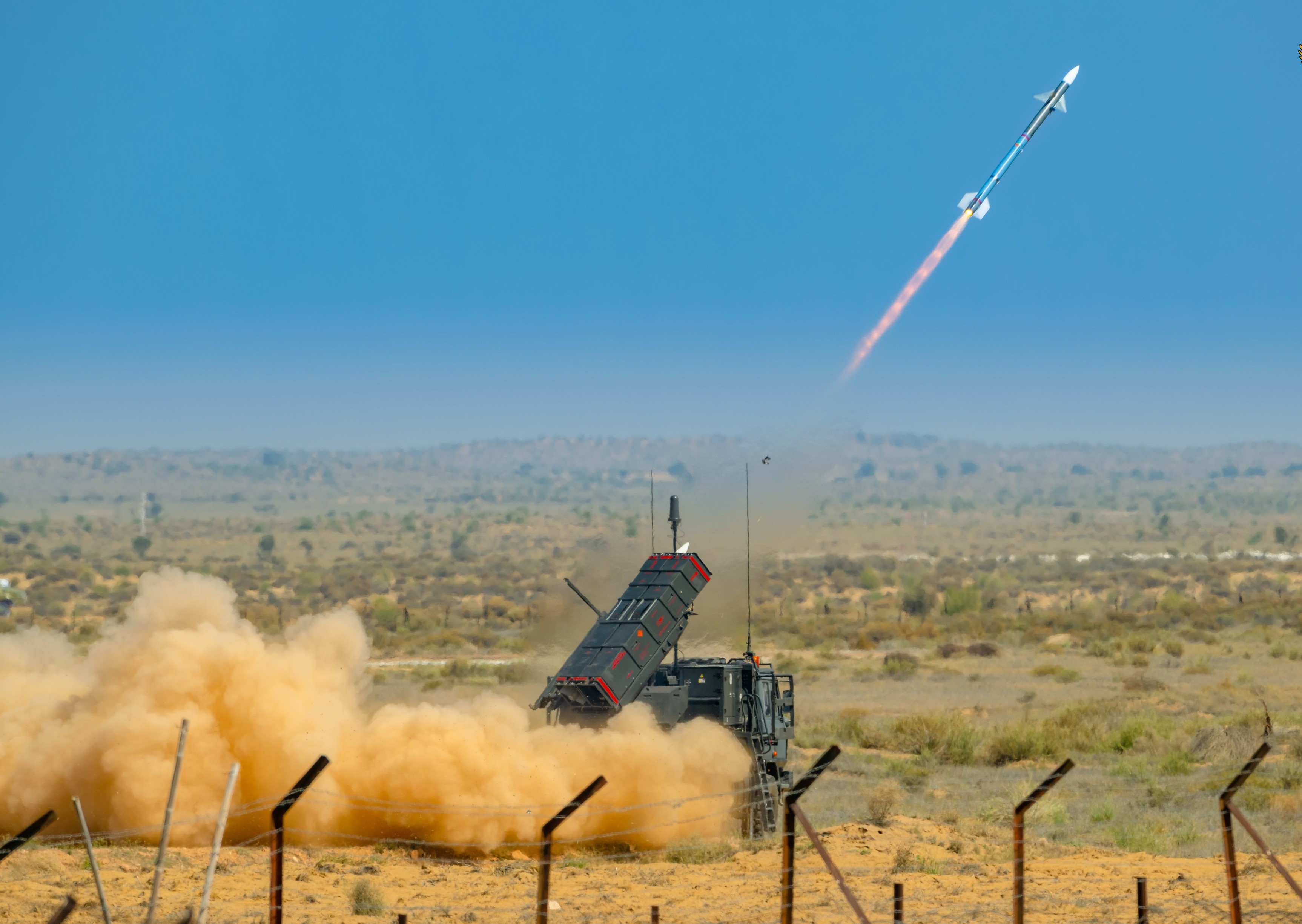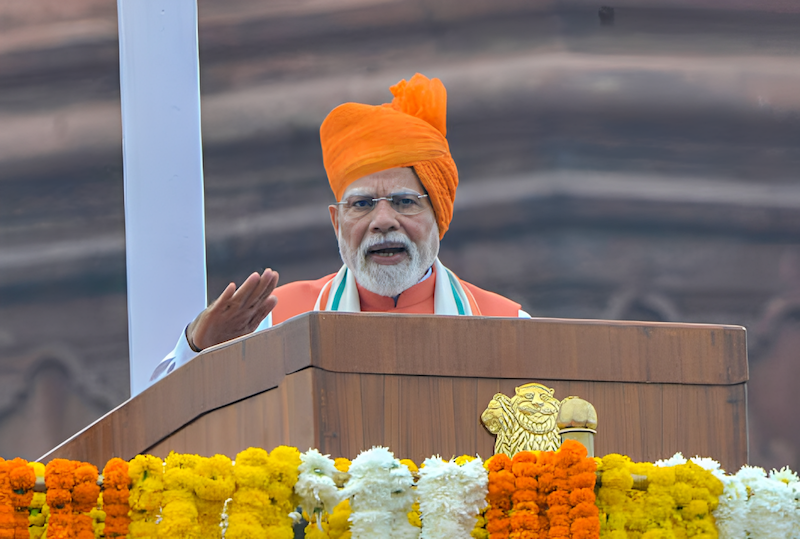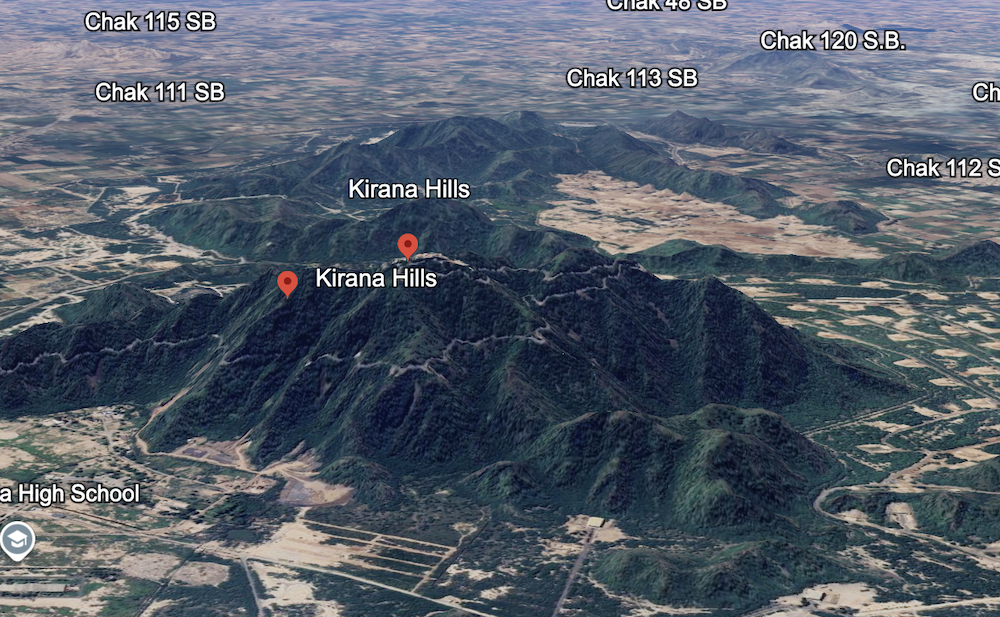 A Google Earth image of the Kirana Hills in Pakistan’s Sargodha district, which is believed to house some of the country’s nuclear warheads.
A Google Earth image of the Kirana Hills in Pakistan’s Sargodha district, which is believed to house some of the country’s nuclear warheads.
New Delhi: India’s swift military response to the Pahalgam terror attack has become the subject of intense international scrutiny following unsubstantiated claims that Pakistan’s nuclear facilities at Kirana Hills were targeted during the operation. The speculation, which gained momentum through social media channels and was met with conspicuous silence from Pakistan, has prompted India to issue categorical denials about striking nuclear installations, even as strategic analysts view the operation as a calculated demonstration of India’s military capabilities.
Operation Sindoor, launched on the intervening night of May 6 and 7, represented India’s direct response to the April 22 Pahalgam terror attack, in which Pakistan-backed terrorists killed 28 civilians, ostensibly based on religious identity. The Indian Air Force executed precision strikes utilizing precision-guided munitions and BrahMos and other missiles against nine Pakistani airbases, including Mushaf airbase in Sargodha and Nur Khan airbase in Rawalpindi, effectively neutralizing approximately 20% of Pakistan’s air-defence infrastructure.
The operation’s effectiveness compelled Pakistan’s military leadership to request a ceasefire within hours, which was finalized at 5pm IST on May 10. However, Pakistan subsequently violated the agreement by deploying drones into Indian territory, which were promptly neutralized by Indian forces.
Pakistan’s Covert Nuclear Site Under Scrutiny
The Kirana Hills, situated near Sargodha in Punjab province, have gained particular attention during Operation Sindoor due to their suspected role in Pakistan’s nuclear programme. Between 1983 and 1990, Pakistan has reportedly conducted subcritical nuclear tests in this area, simulating explosions without triggering fission chains. These tests, validated by a 2023 Bulletin of the Atomic Scientists report [archived link], facilitated warhead design for tactical weapons such as the Nasr missile.
Open-source intelligence (Osint) analysts and defence experts, including Lieutenant General Anil Kumar Bhatt (retired) [archived link], former director general of military operations (DGMO) and currently the director general of the Indian Space Association (ISpA), have identified 8–10 underground tunnels in the Kirana Hills reportedly used for storing nuclear warheads and fissile material. The hills are located approximately 18–20 kilometres from Pakistan Air Force’s Mushaf airbase – a site struck by India during Operation Sindoor – and this geographical proximity fuelled speculation about potential collateral damage or deliberate strategic signalling.
Anatomy of a Rumour
Rumours regarding a radioactive leak at Kirana Hills emerged from three interconnected factors. First, social media platforms amplified unverified footage showing smoke near Sargodha, alongside claims that US B350 AMS aircraft were surveying the area. Users incorrectly associated minor earthquakes in Pakistan with nuclear incidents.
Second, the IAF’s strategic strikes on Nur Khan airbase – adjacent to Pakistan’s Strategic Plans Division, which manages its nuclear command, were interpreted as a demonstration of India’s capability to penetrate critical sites.
Third, Pakistan’s characteristic lack of transparency, combined with its history of covert nuclear development, intensified suspicions about potential damage to nuclear facilities.
India’s Firm Denial and Strategic Communication
Indian officials have consistently dismissed the speculation surrounding Kirana Hills. During a May 12 media briefing, Air Marshal Awadesh Kumar Bharti, director general of air operations, stated unequivocally: “We have not hit Kirana Hills, whatever is there. Thank you for telling us Kirana Hills houses nuclear installations – we did not know about it.” He emphasized that only pre-identified military targets were engaged during the operation.
On the diplomatic front, the the Ministry of External Affairs spokesman, Randhir Jaiswal, redirected responsibility to Pakistan, noting that radiation concerns were “for them to address.”
Strategic analysts suggest that India’s strikes near – but not directly on – nuclear sites served dual purposes: demonstrating the capacity to strike high-value targets without triggering full-scale nuclear escalation, while simultaneously countering Pakistan’s attempts to frame the operation as a nuclear threat rather than a counterterrorism initiative.
Balancing Retaliation with Restraint
The May 10 ceasefire, necessitated by Pakistan’s substantial military losses, grew increasingly fragile as speculation about Kirana Hills intensified. Defence experts argue that India’s proximity strikes placed significant pressure on Pakistan’s military establishment, whose “biggest fear is losing control of its nuclear command.”
By avoiding direct hits on nuclear facilities while demonstrating the ability to strike nearby, India achieved a delicate balance between retaliation and escalation control. This strategy aligns with war historian Tom Cooper’s assessment, which he revealed [archived link] while talking to Times Now: “The IAF’s surgical strikes exposed Pakistan’s air-defence failures, making its nuclear bluff visible.”
International perspectives on the operation have been mixed. While the Bulletin of the Atomic Scientists has identified Kirana Hills as a legacy subcritical testing site, it has refrained from commenting on recent events. The New York Times cited a former US official [archived link] who noted Pakistan’s anxiety over nuclear command security, interpreting the Nur Khan strike as a deliberate signal. The open-source intelligence community remains divided on the radiation claims, with most dismissing them due to the absence of verification from the International Atomic Energy Agency (IAEA) or other independent third parties.
New Chapter in Strategic Doctrine
Operation Sindoor represents a significant evolution in India’s approach to cross-border terrorism, emphasizing measured yet impactful military responses. While allegations regarding Kirana Hills remain unsubstantiated, the campaign clearly demonstrated India’s capability to degrade Pakistani infrastructure while carefully avoiding nuclear thresholds.
As reflected in AM Bharti’s pointed response, strategic ambiguity has emerged as a powerful tool in modern warfare – a means to unsettle adversaries without explicit provocation. For the foreseeable future, Kirana Hills will continue to symbolize both Pakistan’s opaque nuclear programme and the intricate power dynamics that define South Asia’s security landscape.
India’s response to the Pahalgam attack signals a departure from historical restraint, establishing new parameters for addressing cross-border terrorism while maintaining strategic stability in a nuclear-armed region. The precision and restraint demonstrated during Operation Sindoor may well define India’s security doctrine for years to come.
Follow us on social media for quick updates, new photos, videos, and more.
X: https://x.com/indiasentinels
Facebook: https://facebook.com/indiasentinels
Instagram: https://instagram.com/indiasentinels
YouTube: https://youtube.com/indiasentinels
© India Sentinels 2025-26



